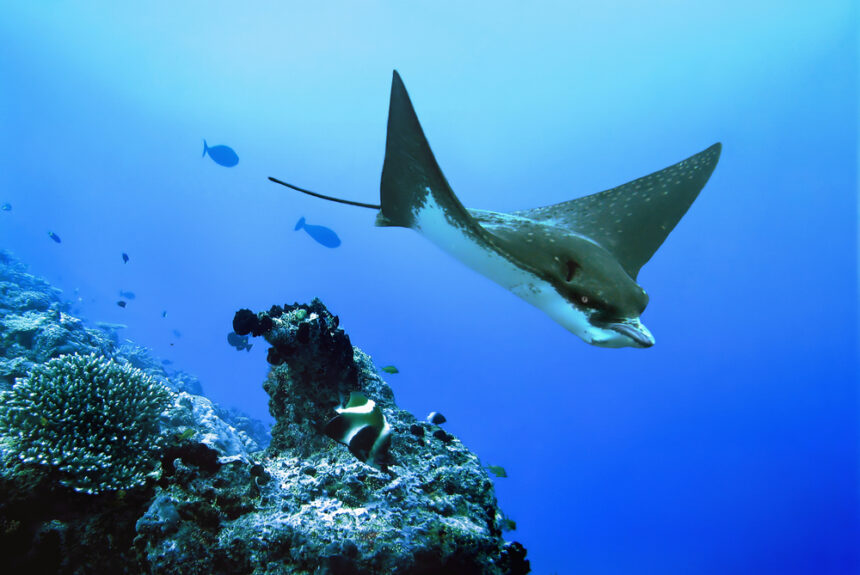In today’s progressive world, you may not realize the potential damage to wildlife caused by water-related issues. Several dynamic factors contribute to the degradation of wildlife, with water damage being a prominent one. It is high time for you to acquire knowledge on how these two seemingly unrelated areas of interest interrelate.
Only through proper understanding and active participation can one combat the challenges conserving wildlife faces at the hands of water-related damages. In 2019, WWF (World Wide Fund for Nature) reported that global wildlife populations have fallen by 69% since 1970, and increasing incidents of water damage only exacerbate the situation.
The Direct Impact of Water Damage on Wildlife
Water damage directly impacts the vital ecosystems that house our invaluable wildlife species. These ecosystems depend on water as an integral part of their existence and normal functioning, making them extremely susceptible to any interference in their natural water resources. The toxicity introduced into these ecosystems through contaminated water, leads to significant harm to wildlife existence and diversity.
Effect of Water Pollution on Aquatic Life
Aquatic life forms bear the massive brunt of water pollution. Toxic substances from industrial waste or pesticides enter water bodies, causing illness and death among aquatic species. Moreover, plastics impacting marine life has become a global concern over recent decades.
Saltwater Intrusion due to Sea-Level Rise
Sea-level rise caused by climate change leads to saltwater intrusion into freshwater habitats. Not all species have adaptive mechanisms for such abrupt changes in their environment, resulting in displacement or extinction of certain species.
Fragmentation of Land due to Flooding
Frequent flooding disrupts land ecosystems by causing fragmentation or complete annihilation of habitats. Wildlife species, especially terrestrial ones, suffer loss of shelter, resulting in forced migration and exposure to unfamiliar threats.
Unbalanced Ecosystems due to Drought Conditions
Sudden drought conditions disturb the balance of ecosystems as they deprive wildlife species of necessary water supplies. Lack of water can dictate the survival chances of several species, leaving ecosystems imbalanced and compromised.
How Human Activities Contribute to Water Damage
Human activities largely contribute to the occurrence of water damage. Unregulated industrial activity, improper waste disposal, deforestation and urbanization, all lead to contamination and disruption of natural water systems, thus causing harm to wildlife.
Your Role in Addressing Water Damage Issues
Every individual has a role to play in addressing water damage issues. Simple actions such as proper waste disposal, minimizing water usage, promoting recycling can significantly reduce your impact on the environment and thus protect wildlife.
Your Water Restoration Expert: A Game Changer
Enlisting the help of your water restoration expert can make a considerable difference in combating water damage issues. These professionals have expertise not only in preventing and repairing damages caused by excess water but also in restoring the quality of contaminated water bodies into better conditions conducive for wildlife.
The Role of Government Policies
Government policies play a crucial role in curbing incidences of water damage. Laws enforcing regulation on industrial waste disposal, promoting forest conservation, and setting up national parks are examples that showcase government effort in this area.
The Importance of Non-Profit Organizations
Non-profit organizations significantly contribute by conducting research, spreading awareness about these critical issues and pushing governments for better policies. Worldwide organizations like WWF and Greenpeace expend considerable effort to protect wildlife from threats like water damage.
Advancements in Technology for Wildlife Conservation
Modern technology has brought in tools and techniques that assist in monitoring wildlife populations, predicting changes in the environment, detecting pollution levels in water bodies and visualizing the impact on wildlife, thereby aiding conservation efforts.
Awareness and Education: A Powerful Tool
Spreading awareness about the risks wildlife face due to water damage and educating people on their role in addressing these issues serve as a powerful tool. It can foster a sense of responsibility among people towards preserving wildlife.
The Future of Wildlife Conservation
Our future is deeply linked to the future of wildlife conservation. The actions we take today shape the course for generations to come. Active involvement in conserving ecosystems by combating water damage can ensure our planet remains diverse and rich with life.
Making Small Changes for Big Impact
Small changes can collectively create significant impact. Incorporating environmentally-friendly habits, volunteering in conservation efforts or financially supporting relevant organizations are ways you can contribute towards this pressing cause.
The Power of One
One person initiating change can draw a plethora of others towards positive action. Your commitment towards reducing water damage and conserving wildlife can influence those around you, amplifying your impact multifold.
In Conclusion
Your awareness, initiation and persevering actions towards resolving water damage issues will significantly aid in conserving our precious wildlife. Remember, for a flourishing future, it is not merely about survival of the fittest anymore; it is about survival of the kindest.


